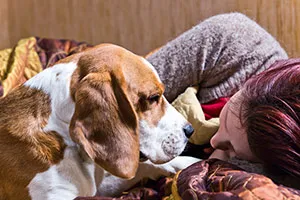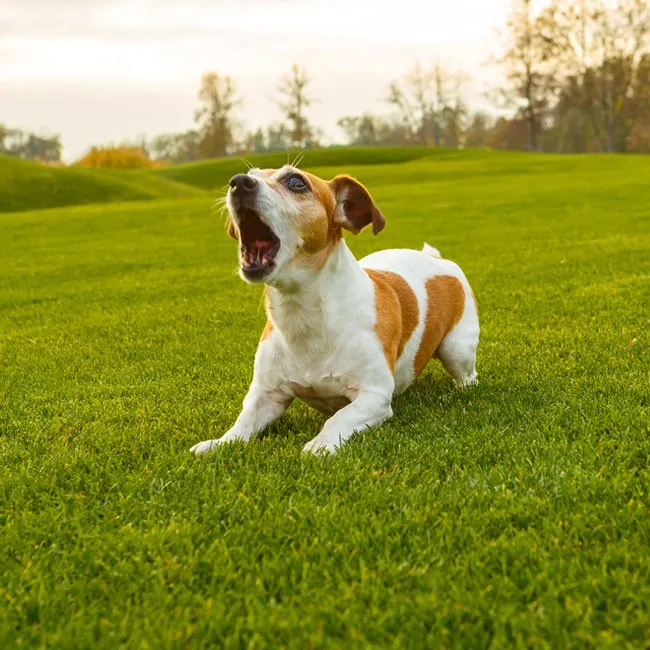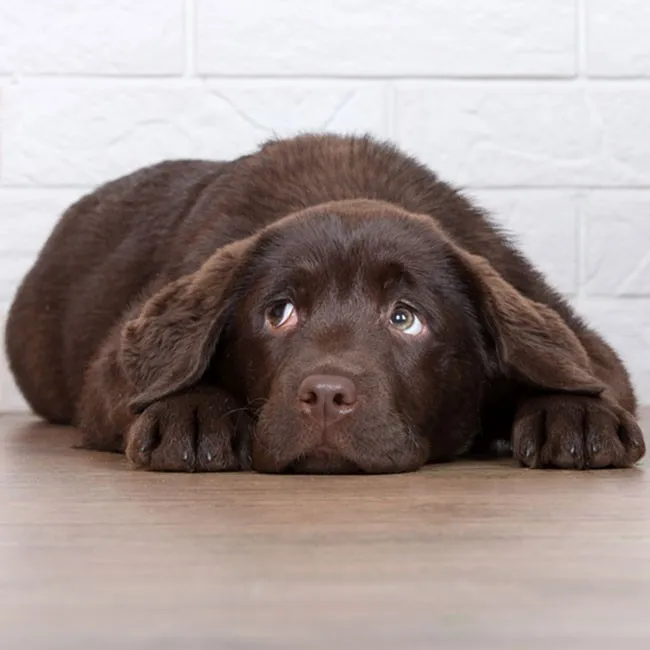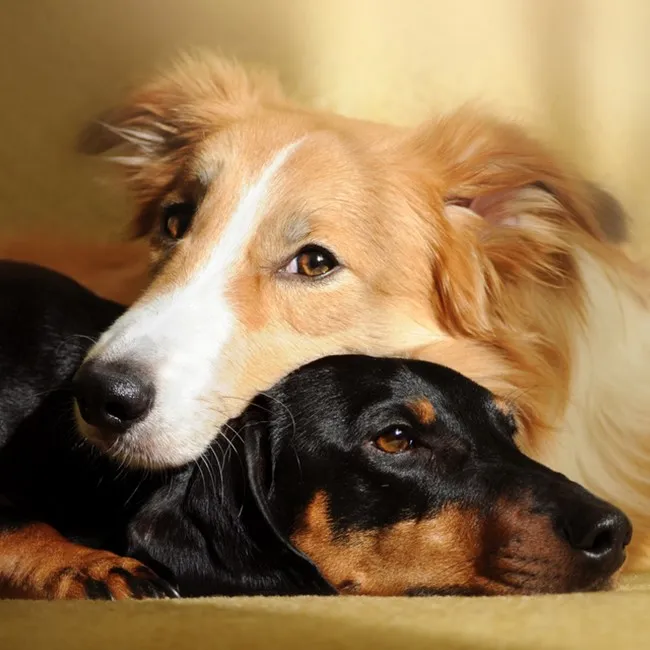Separation Anxiеtу in Dogs
Does your dog chew on your shoes when you're away, destroy furniture or defecate? Don't get angry too soon, because this could be a sign that they're suffering from separation anxiety. there are many signs of anxiety in dogs, they may bark excessively, destroy home furnishings, and urinate or defecate around the house. In some cases, they may even end up injuring themselves during escape attempts. When helping your dog get through separation anxiety, you should consider if they only show these symptoms when you're leaving or while they're alone. If they do, you can then rule out other possible issues, such as incontinence or juvenile destruction.
What is separation anxiety in dogs?
this is when a dog exhibits frantic, distressed and often destructive behaviour associated with separation from their pet parents. It can still qualify even if these actions only last for a few minutes. Many pet parents often mistake dog separation anxiety symptoms for disobedience or spite, but dogs are actually distressed and upset because of the absence of their owner. Signs of anxiety in dogs include salivating, dilated pupils, panting heavily, trembling and pacing around. Behavioural signs can also include ignoring food, coprophagia, destroying items in the home, attempting to escape from a crate or room and crazily greeting their owner as if they haven't seen them in years. there are a whole range of separation anxiety solutions you can take when it comes to helping your four-legged friends, such as trying out calming products and doing specific training exercises.
Causes of dog's separation anxiety
Seperation anxiety in dogs can be caused by many things, but most of the time, the cause is usually unknowingly down to the owner. Here are a few reasons as to why dogs can develop separation anxiety:
1. Changes in pet parents
Dogs tends to get emotionally attached to their owners. In fact, it's been considered that most dogs see us not just as their owners, but also as their relatives and pack. So after a long period of developing and maintaining a bond with us and then being apart, an emotional breakdown can occur which leads to the dog developing separation anxiety.
2. Neglect
people say that ‘a dog is not just for christmas', but unfortunately it can still happen that our lives get busy and we no longer have the time we used to for our furry friends. Instead of changing our schedules to accommodate our dog's needs, they end up being unable to get enough time with us.
3. Changes in routine
A change in their routines can lead to a number of dog anxiety symptoms, as they get used to how things are and what they should be doing at certain times of the day. If you get a new job for example and work longer hours, this can be very confusing for your pooch as they don't understand why you're not home yet.
4. Scolding or punishing
Anxious behaviour is not the result of disobedience or spite. they are a distress response! Your dog displays anxious behaviour when left alone because they're upset and trying to cope with a great deal of stress. If you punish them, they may become even more upset and the problem could get much worse. this can result in varying degrees of dog anxiety, and even a sort of dog panic attack .
How to help a dog with separation anxiety

If you find yourself saying ‘my dog has separation anxiety' but are only looking for a quick fix instead of figuring out the root of the problem, then it may never be resolved. take the time to understand your dog and then you might figure out the source of the issue. It may be that they are a rescue who needs some reassurance, they may be scared of being left with something in the house or they may just be too attached to you. In some cases this can be easily resolved by making some small changes, but most of the time it will usually call for dog separation anxiety training.
When it comes to treating separation anxiety in dogs, the goal is to resolve their underlying emotions by teaching them to enjoy, or at least tolerate, being left alone. this can be done by letting them be alone, but in a way that they don't feel scared and waiting for your return. there are a few things you can try to do this in order to help your pooch through this tough time.
How to calm a stressed dog
1. train them to be alone when you're in the house
tell them to stay in a room by themselves while you go to a different part of the house. If your dog has severe separation anxiety, start with small 5-10 second intervals and work up to 20-30 minutes over several weeks.
2. Make sure they exercise before you leave
Give your dog at least 30 minutes of exercise (e.g walking, running or swimming) before you have to leave them by themselves. this can tire them out and might help them to relax and rest while you're gone, so can be a great way to learn how to help a dog with anxiety.
3. Downplay goodbyes and hellos
Dogs are smart animals, so if you get over emotional when leaving them, they can pick up on it and think something is wrong. Instead just say a simple goodbye when you leave and hello when you return so they can be reassured that you not being in the house isn't such a big deal.
4. Crate training
this can be helpful for some dogs if they learn that the crate is their safe place to go when left alone. However, for other dogs, the crate can cause added stress and anxiety. In order to determine whether or not you should try using a crate, monitor your dog's behaviour during crate training and when they're left in the crate while you're home. If they shows signs of distress (heavy panting, excessive salivation, frantic escape attempts, persistent howling or barking), crate confinement probably isn't the best option. Instead of using a crate, you can try confining your dog to one room behind a baby gate.
5. Leave comfort items and background music
Items that have your scent, such as dirty laundry, can help your dog to relax and remember that you will come back. Remove stress factors such as chokers, collars and chains from their sight if they don't like them and hide treats around the house so they can hunt them while you're away. You can also try turning on the radio or playing soothing nature sounds to help your dog not feel so alone.
6. Dog calming products
If you're looking for dog separation anxiety solutions, then trying a relaxing product could be a great option. these often contain ingredients such as chamomile and lavender which can help to soothe your dog and make them feel happy when you're away. these can come in the form of a dog anxiety treatment such as a natural supplement, or as delicious Calming Care for Dogs.

























